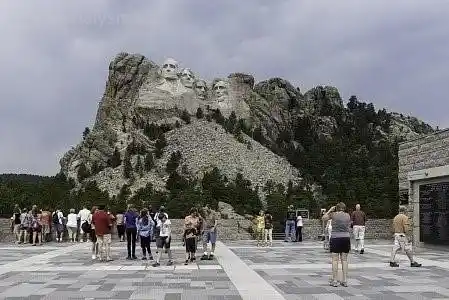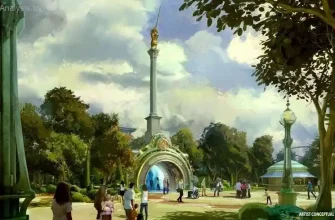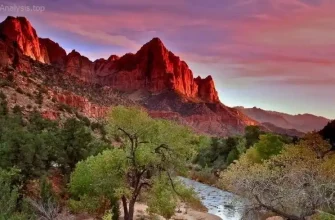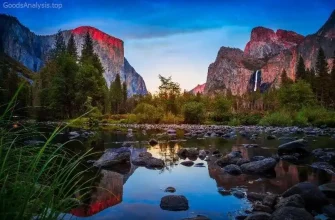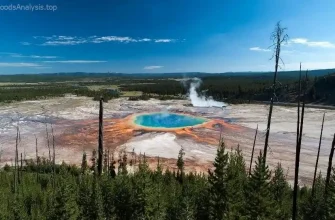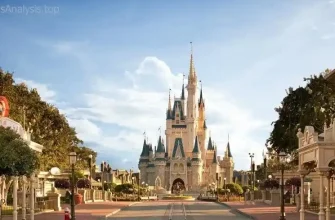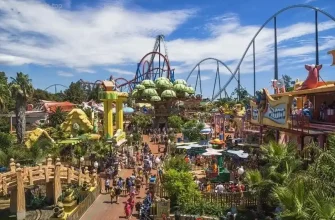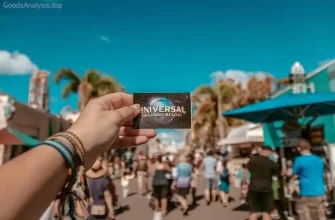Nestled in the Black Hills of South Dakota, Mount Rushmore National Memorial is one of the most iconic landmarks in the United States, a monument to presidential history, craftsmanship, and natural beauty. Whether you’re a history buff, a nature enthusiast, or simply seeking a striking place to visit, Mount Rushmore offers a once-in-a-lifetime experience.
1. What Makes Mount Rushmore National Memorial Special?
Mount Rushmore is world-renowned for its colossal sculptures of the faces of four U.S. presidents—George Washington, Thomas Jefferson, Theodore Roosevelt, and Abraham Lincoln—carved into the granite cliffs. These figures were selected to represent key themes in American history: the birth, growth, development, and preservation of the nation. The sheer scale and craftsmanship of the monument are awe-inspiring, with each face standing about 60 feet tall. This monumental work of art is not just a symbol of American leadership but also a marvel of engineering, as it took over 14 years and the work of sculptor Gutzon Borglum and his son Lincoln to complete.
2. Visitor Tips & Practical Information
- Best Time to Visit: The peak tourist season runs from late spring to early fall (May to September). During these months, the weather is most conducive to outdoor exploration. However, if you prefer fewer crowds, visiting in early spring or late fall can also be enjoyable, though some services may be reduced in the off-season.
- Opening Hours: The memorial is open daily, year-round, from 5 a.m. to 11 p.m. The visitor center and the museum typically open from 8 a.m. to 5 p.m., though this can vary depending on the season.
- Ticket Prices: There is no charge to enter the Memorial itself, but there is a parking fee. As of recent years, parking costs are about $10 for a single vehicle, with annual passes available for $30. Additional costs apply for special programs and tours, such as the Evening Lighting Ceremony.
- Accessibility: The Memorial is accessible to visitors with disabilities, with wheelchair-accessible paths, restrooms, and services. The shuttle service to the base of the monument and the visitor center offers mobility assistance. The ramp to the observation deck is also wheelchair accessible.
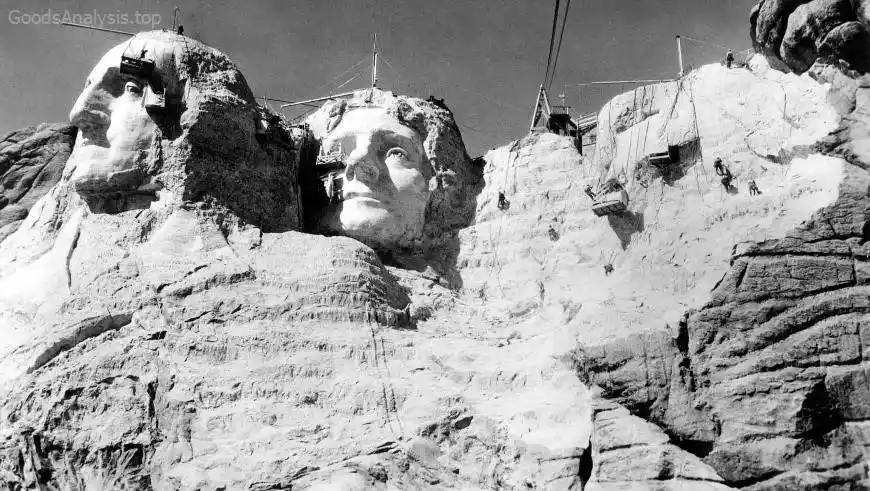
3. History and Cultural Significance
The history of Mount Rushmore begins in 1923 when South Dakota’s state historian Doane Robinson proposed a monument to attract tourism to the Black Hills. Sculptor Gutzon Borglum was commissioned, and work began in 1927. Borglum’s vision was to carve the faces of great American leaders to inspire patriotism. The project faced numerous challenges—harsh weather conditions, technical difficulties, and funding shortages—but the result remains one of the most recognized symbols of U.S. history.
Culturally, Mount Rushmore is also a point of contention for many Native American tribes, particularly the Lakota Sioux. The Black Hills are sacred to them, and the land was seized by the U.S. government in the 19th century. Visitors are encouraged to understand the complex history surrounding the monument, including the tensions between the memorial and Indigenous rights.
4. What to Expect When You Visit Mount Rushmore
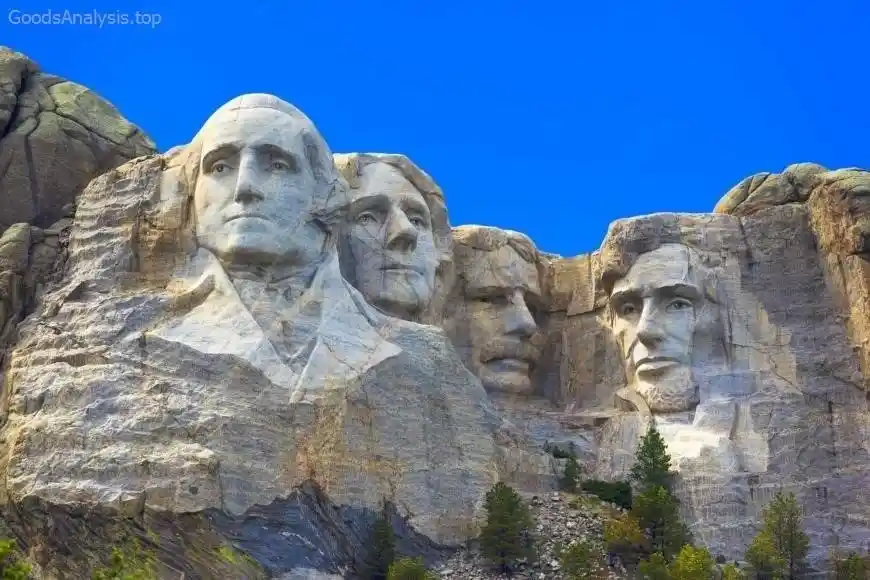
Visiting Mount Rushmore is an immersive experience. Upon arrival, you’re greeted by breathtaking views of the mountain, and you can view the monument from various vantage points. The Avenue of Flags leads to the Grand View Terrace, where you can take in close-up views of the presidents’ faces. The surrounding area is equipped with informative signage, audio guides, and interactive displays.
The atmosphere at Mount Rushmore is a blend of serenity and awe. During the day, sunlight illuminates the granite faces, creating striking contrasts. The lighting ceremony in the evening, where the monument is bathed in lights as a short patriotic ceremony takes place, is one of the highlights for many visitors.
For those looking to delve deeper, the museum and visitor center offer fascinating insights into the history of the monument, the sculpting process, and the significance of the four presidents depicted. The monument also offers plenty of opportunities for photo moments, particularly around sunset when the golden hour casts a warm glow over the figures.
5. Nearby Attractions and Dining Options
Mount Rushmore is surrounded by other fascinating attractions in the Black Hills region. Nearby, you’ll find:
- Custer State Park: Just a 30-minute drive from the Memorial, this park is home to a large bison herd, hiking trails, and scenic drives.
- Crazy Horse Memorial: About 17 miles away, this ongoing sculpture project honors the Lakota warrior Crazy Horse and is an essential cultural counterpoint to Mount Rushmore.
- Badlands National Park: A bit farther out, this national park is known for its dramatic landscapes and rich fossil beds.
- Keystone: A nearby town offering quaint shops, restaurants, and other attractions like the Rushmore Tramway.
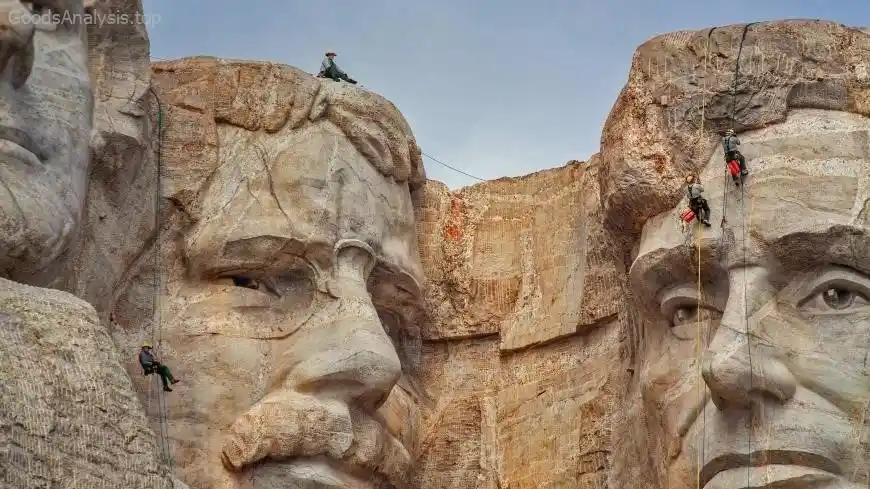
As for dining, you’ll find a range of options in the area, from casual eateries to more refined restaurants:
- The Carver’s Café inside the Memorial offers American comfort food, including sandwiches, burgers, and salads.
- The Laughing Water Restaurant in Crazy Horse Memorial serves Native American-inspired dishes, perfect for a culturally rich dining experience.
6. Family-Friendly and Group Travel Tips
Mount Rushmore is an excellent destination for families and groups. The memorial offers accessible paths and areas where children can safely explore and learn about U.S. history. The Junior Ranger program is perfect for kids, offering activities that help them engage with the history and natural surroundings of the site.
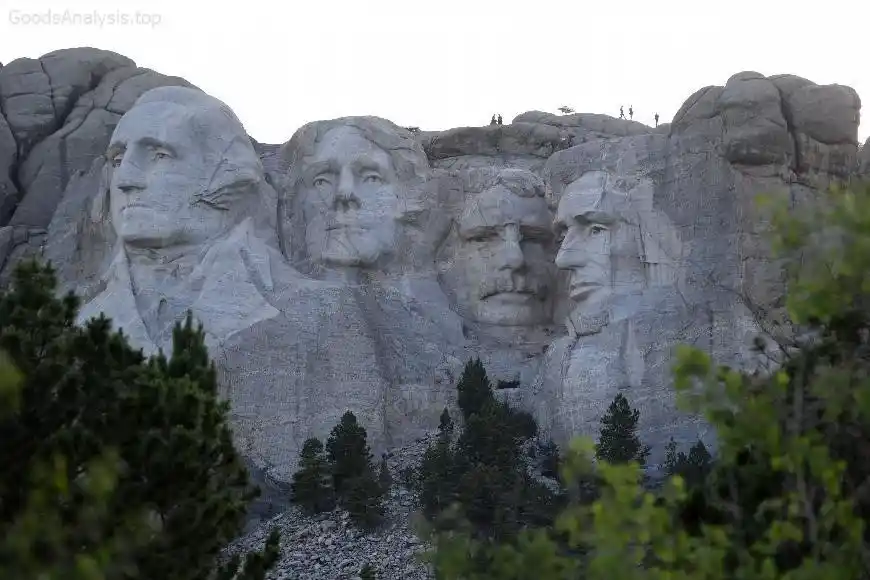
For larger groups, the memorial offers guided tours and educational programs, which can provide a deeper understanding of the monument’s significance. The visitor center also has a gift shop where you can purchase educational materials and souvenirs.
7. Instagrammable Moments and Photo Opportunities
The monument is a photographer’s dream. The best photos are taken from the Grand View Terrace, where you can capture the faces of the presidents in the foreground with the surrounding hills in the background. For dramatic angles, consider heading to the Avenue of Flags for wide shots. The evening lighting ceremony offers an incredible opportunity to photograph the monument lit up at night.
If you’re interested in a more unique perspective, hiking the Presidential Trail provides a closer view of the monument from different angles, and it offers many photo opportunities along the way.
8. Travel Tips and Transportation
The nearest major airport is Rapid City Regional Airport (about 30 miles away). From there, you can rent a car or take a shuttle to Mount Rushmore. Driving is the most convenient way to reach the Memorial, and the surrounding Black Hills region offers scenic roads that are a joy to travel.
If you’re coming from Custer State Park or Crazy Horse Memorial, driving will take approximately 30 minutes. Many local hotels and resorts offer shuttle services to and from the Memorial, which is especially convenient for visitors staying in Keystone or Custer.
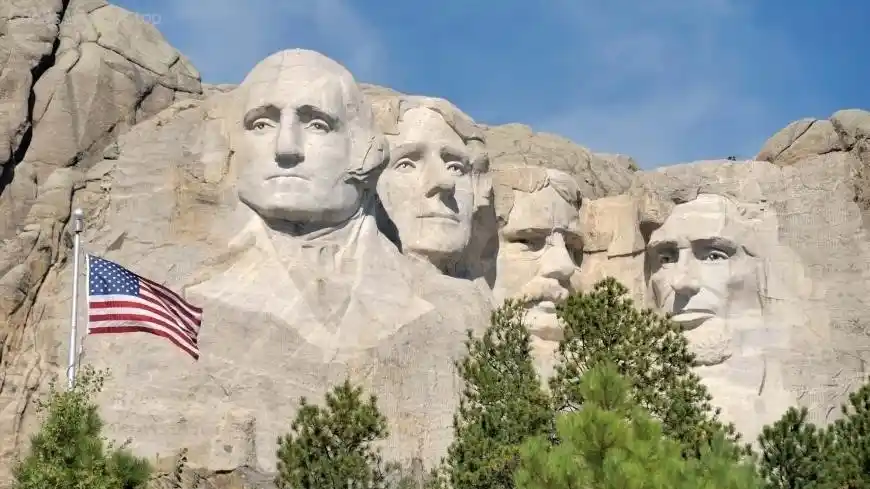
9. Safety and Etiquette Tips
Mount Rushmore is generally a safe destination, but like any popular tourist spot, it’s wise to be aware of your surroundings. Be cautious of the weather, as the area can be windy, and temperatures can fluctuate significantly. Stay hydrated, and wear sunscreen, especially if visiting in the warmer months.
Respect the local customs, particularly when visiting Native American sites like Crazy Horse Memorial or surrounding sacred lands. When exploring the monument, it’s important to stay on marked trails and follow all posted signs for safety. Avoid climbing or touching the monument itself to preserve its integrity.
10. Funny Facts, Cases, Incidents
A notable and somewhat amusing incident took place during the construction of Mount Rushmore. Borglum initially planned to carve the entire bodies of the presidents, but due to lack of funding and time constraints, only the faces were completed. Despite the grand vision, this “unfinished” aspect has become part of the charm and mystique of the monument.
Another quirky tidbit: There was a time when the monument’s lighting ceremony was accidentally scheduled during the height of a snowstorm! Though it was a bit unexpected, visitors attending still enjoyed a unique, almost otherworldly view of the monument blanketed in snow.
Mount Rushmore National Memorial is a truly unforgettable experience. From its monumental art to its rich historical significance, it offers something for everyone. Whether you’re interested in history, photography, or just soaking in the stunning natural beauty of the Black Hills, Mount Rushmore is a destination worth every visit.

